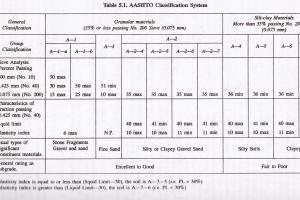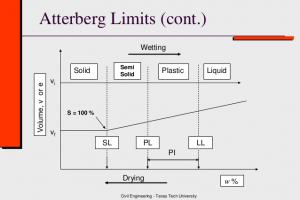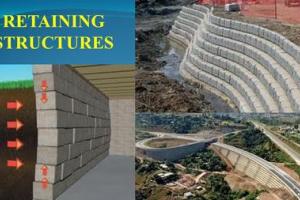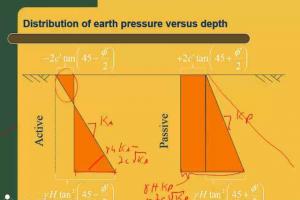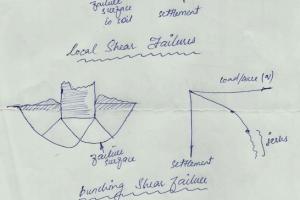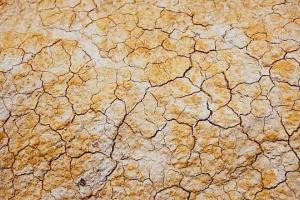Compaction of Soil - Uses and Effects of Soil Compaction
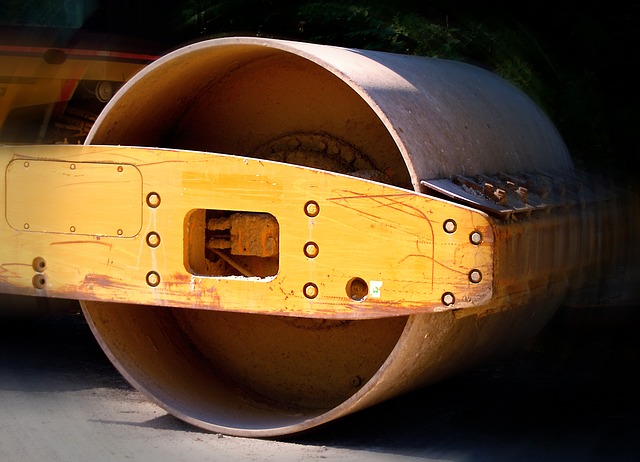
Compaction of Soil
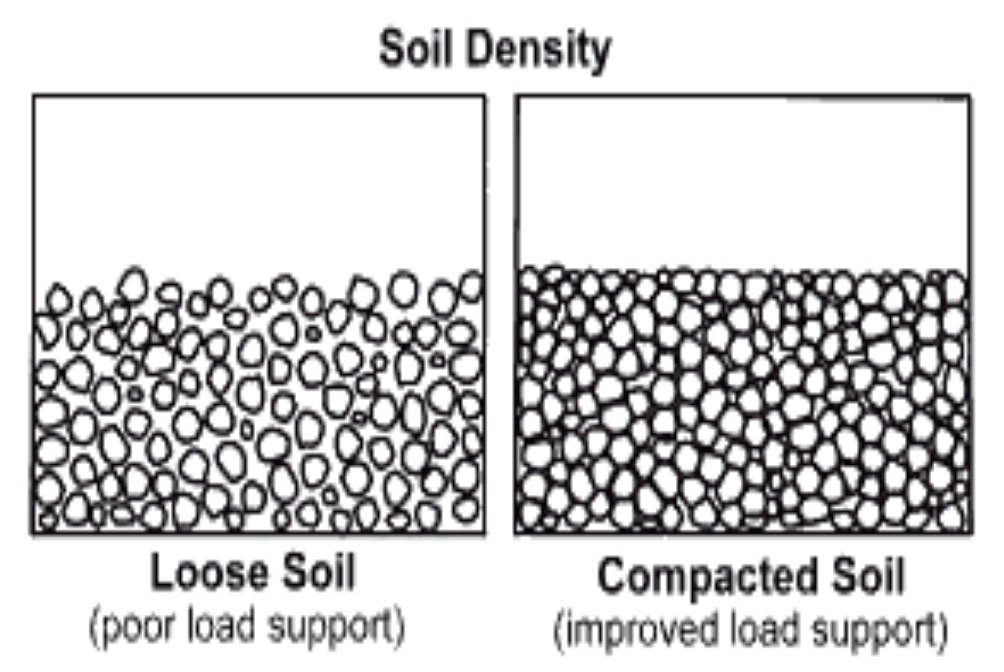 Compaction of soil is the application of mechanical energy to a soil to rearrange the particles and reduce the void ratio and increase soil density. If performed improperly, settlement of the soil could occur and result in unnecessary maintenance costs or structural failure. Soil compaction has many benefits but the appropriate amount of compaction and conduct quality control to realize these benefits should be specified. The degree of compaction of soil is measured by its unit weight, and the optimum moisture content, wc.
Compaction of soil is the application of mechanical energy to a soil to rearrange the particles and reduce the void ratio and increase soil density. If performed improperly, settlement of the soil could occur and result in unnecessary maintenance costs or structural failure. Soil compaction has many benefits but the appropriate amount of compaction and conduct quality control to realize these benefits should be specified. The degree of compaction of soil is measured by its unit weight, and the optimum moisture content, wc.
Maximum dry unit weight (γd(max)) is the maximum unit weight that a soil can attain using a specified means of compaction.
Optimum water content (wopt) is the water content required to allow a soil to attain its maximum dry unit weight following a specified means of compaction.
Purpose of Compaction of Soil
The principal reason for compacting soil is to reduce subsequent settlement under working loads. Other purposes of soil compaction are:
- Compaction of soil increases the shear strength and load bearing capacity of the soil.
- Compaction reduces the voids ratio making it more difficult for water to flow through (water seepage) soil. This is important if the soil is being used to retain water such as would be required for an earth dam.
- Compaction can prevent the build up of large water pressures that cause soil to liquefy during earthquakes. Reduction in soil swelling (expansion) and collapse (soil contraction).
- Increased soil stability and slope stability in embankments.
- Reduction in frost damage.
Improper Compaction
Improper compaction of soil results in structural distress from excessive total settlements and differential settlements. It also causes the pavements, floors and basements to get cracked. In case of buried structures, water and sewer pipes, and utility conduits structural damages are also caused. If the soil is not well compacted the soil will be prone to erosion and can cause environmental issue.
Factors Affecting Soil Compaction
Types of Compaction of Soil
There are four types of compaction effort on soil or asphalt:
- Vibration
- Impact
- Kneading
- Pressure
Water content to achieve field compaction
When moisture is added to the block it acts as lubricants between the soil particles. The soil particles will slip more on each other causing more reduction in the total volume, which will result in adding more soil and, hence the dry density will increase.
The specified compaction can be attained at two water contents:
- One before the attainment of the maximum dry unit weight, or dry of optimum.
- the other after attainment of the maximum dry unit weight, or wet of optimum.
Normal practice is to compact the soil dry of optimum. Compact the soil wet of optimum for swelling (expansive) soils, soil liners for solid waste landfills, and projects where soil volume changes from changes in soil moisture conditions are intolerable.
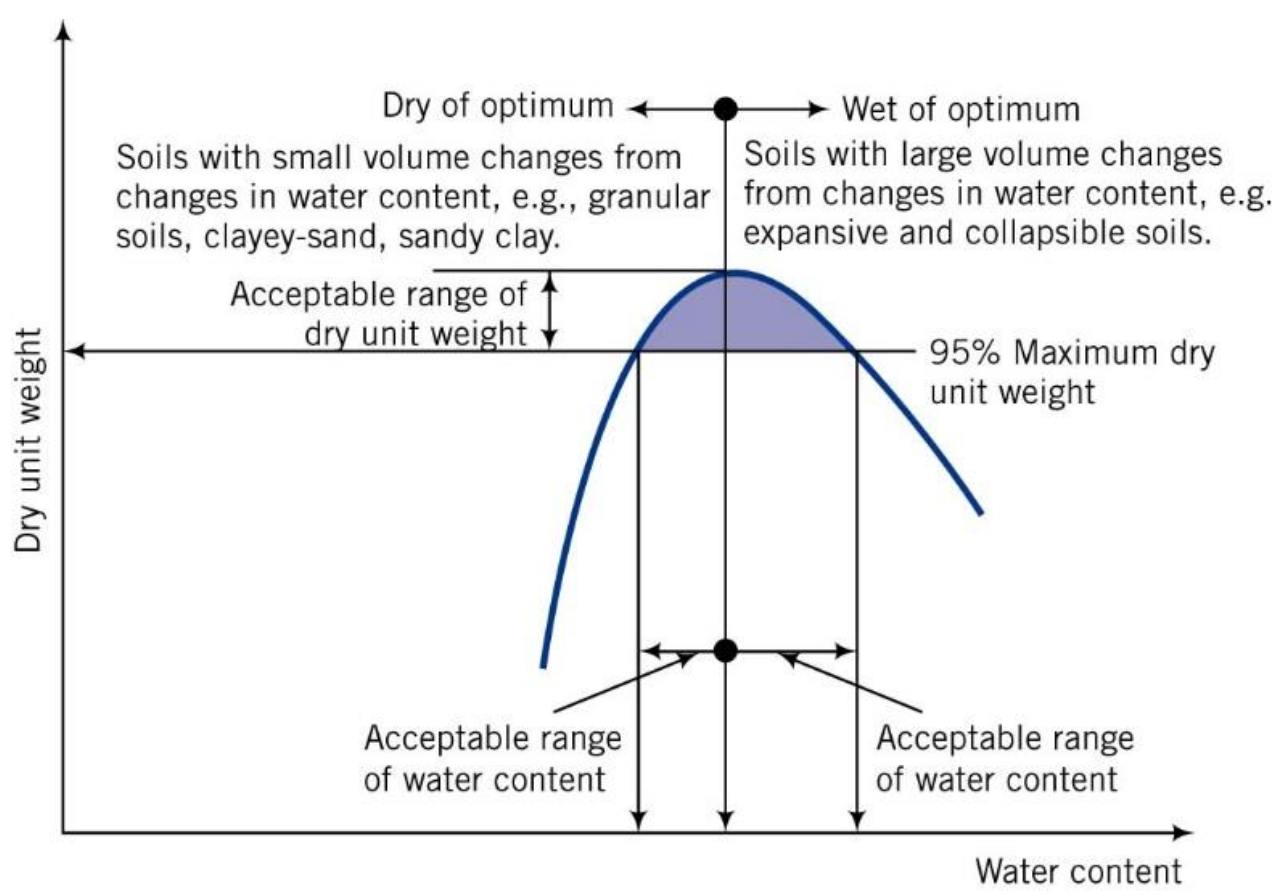
Comparison of Field Compactors for Various Soil Types
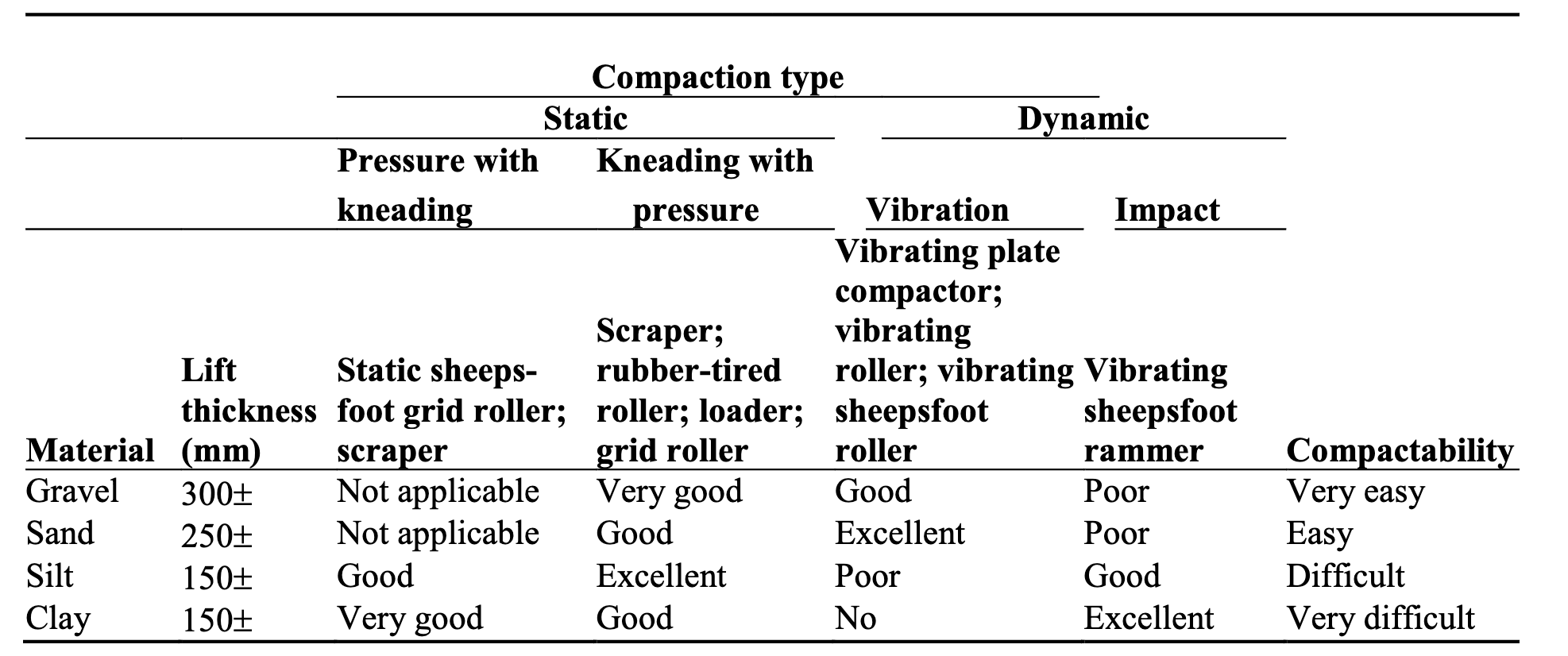
A geotechnical engineer needs to check that field compaction meets specifications. A measure of the degree of compaction (DC) is the ratio of the measured dry unit weight achieved to the desired dry unit weight.
DC = Measured dry unit weight / Desired dry unit weight



